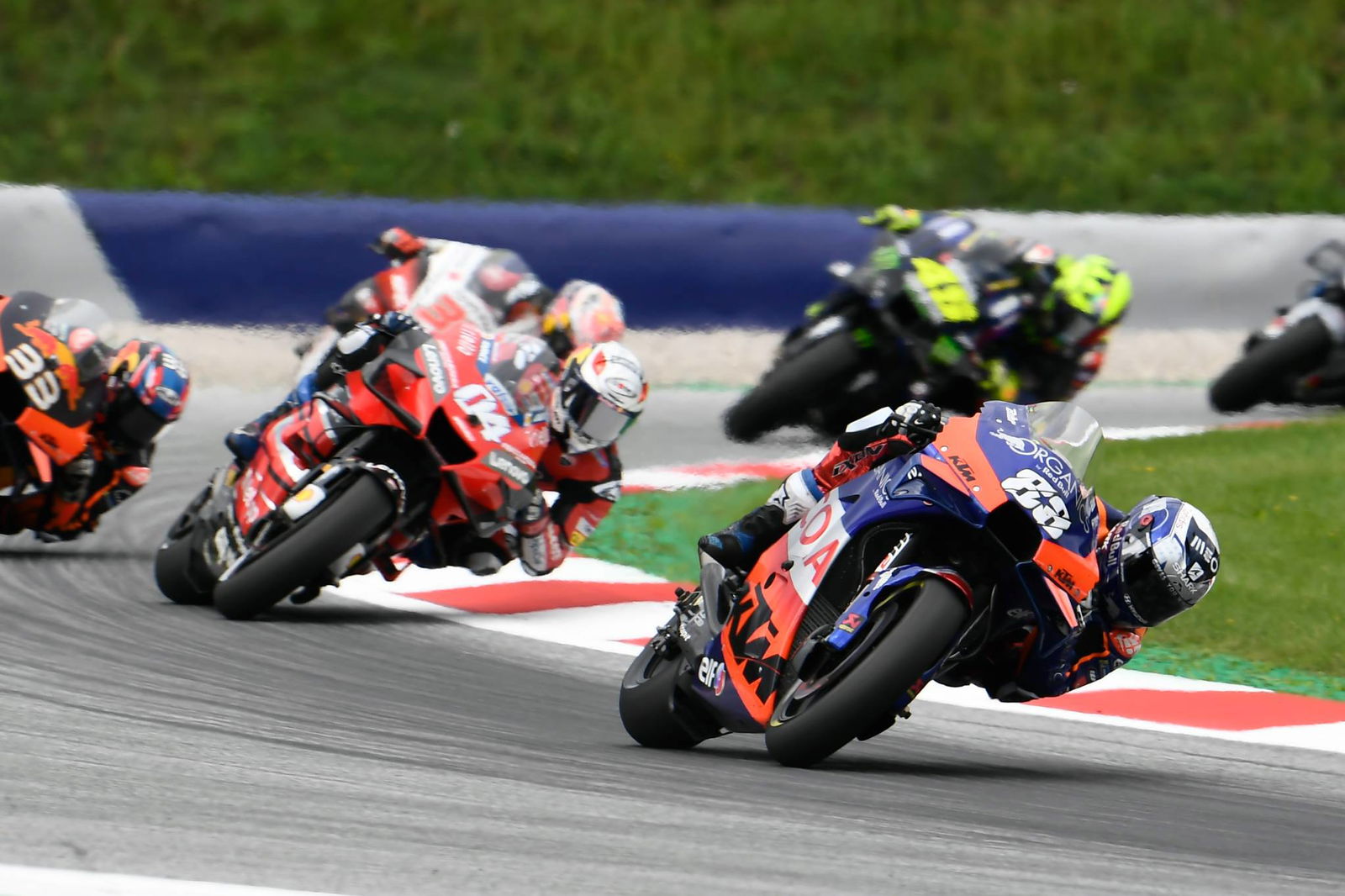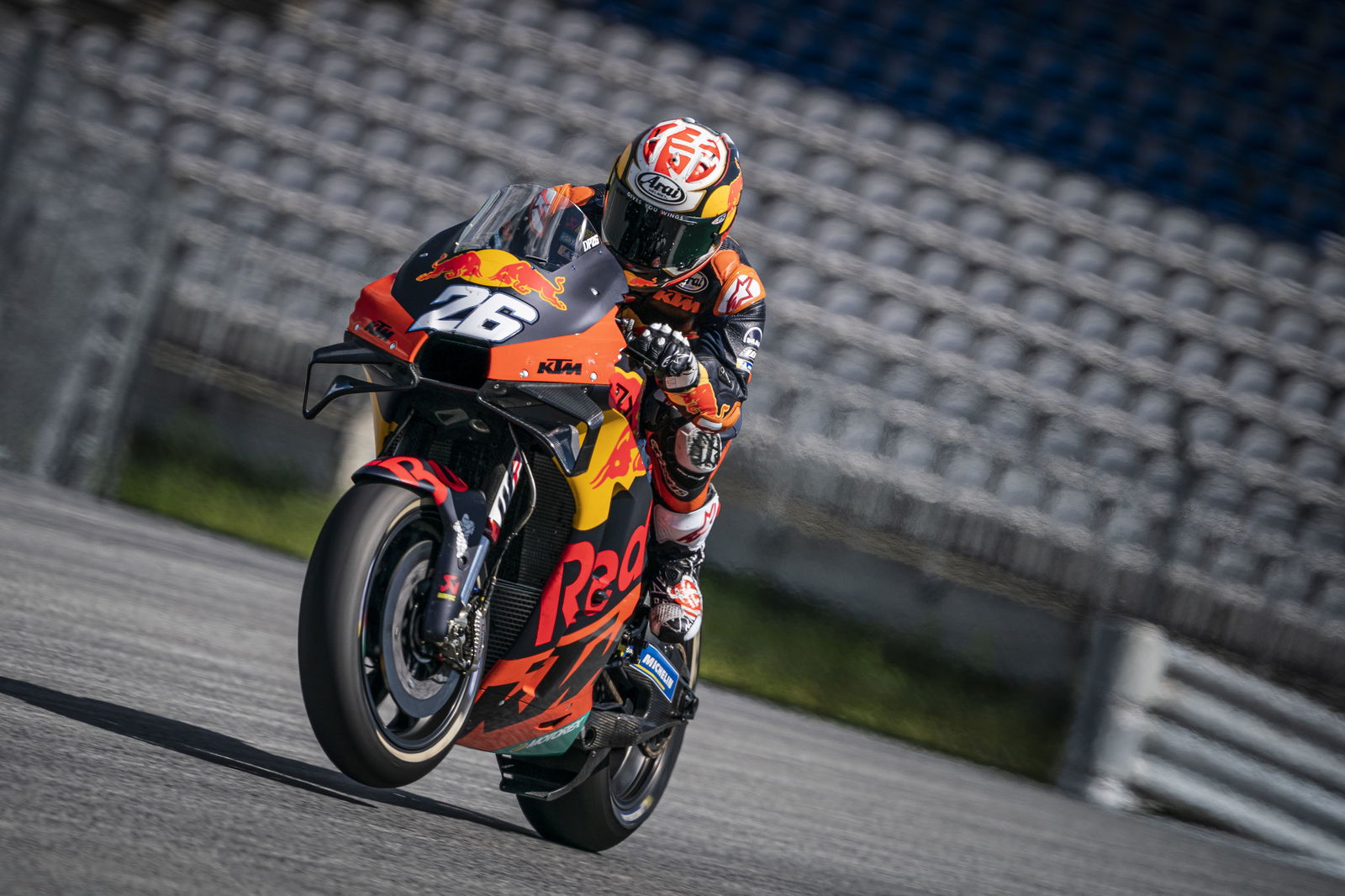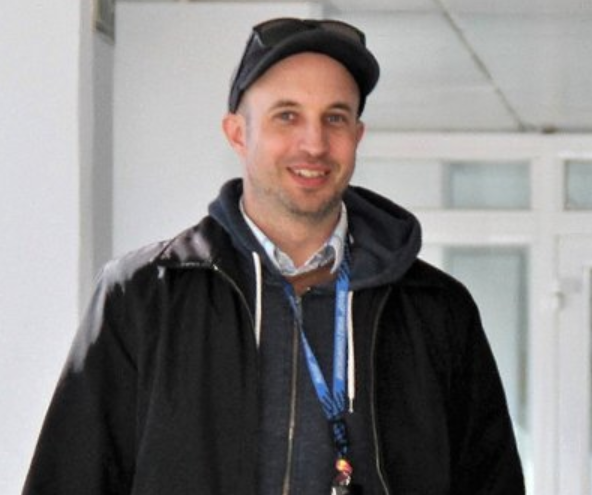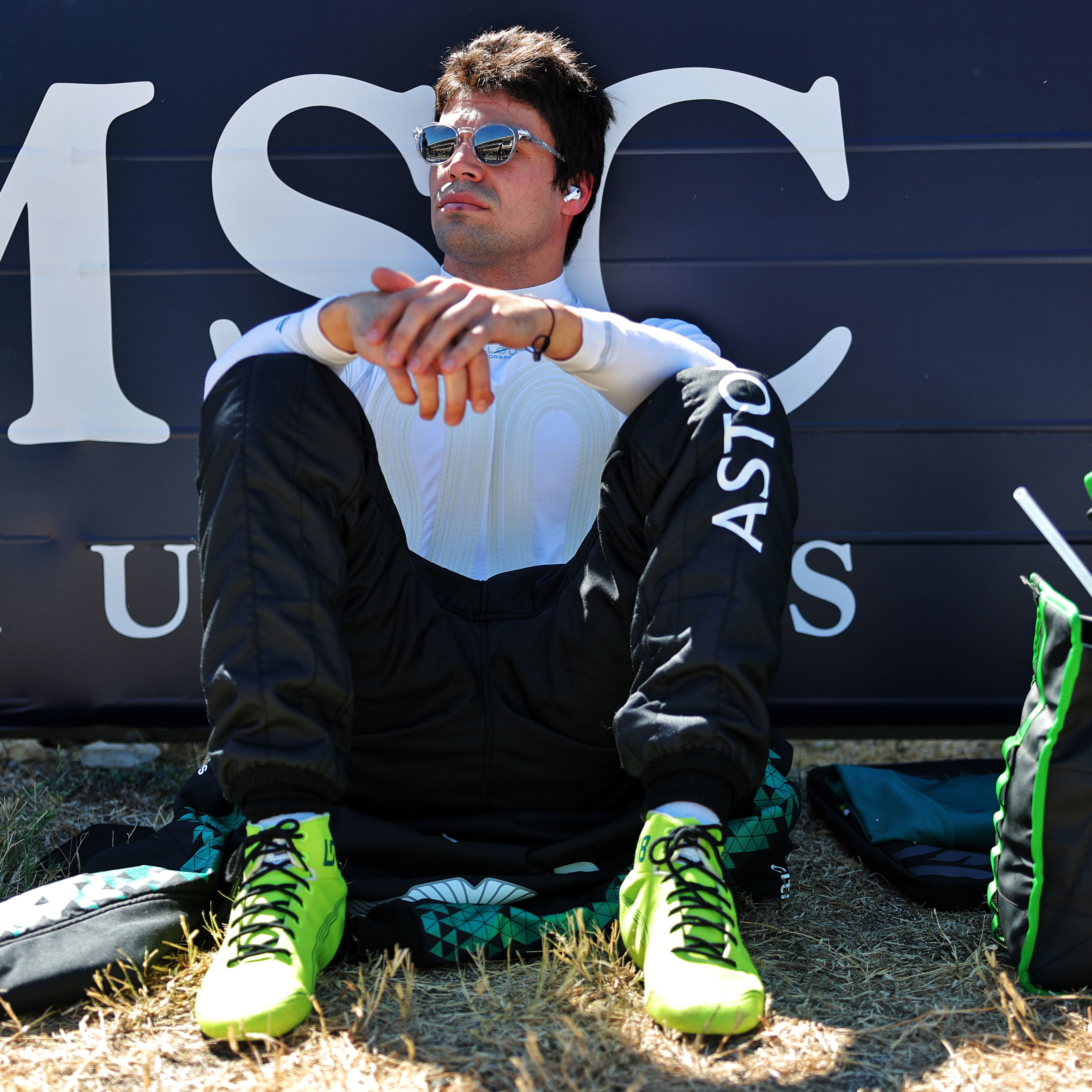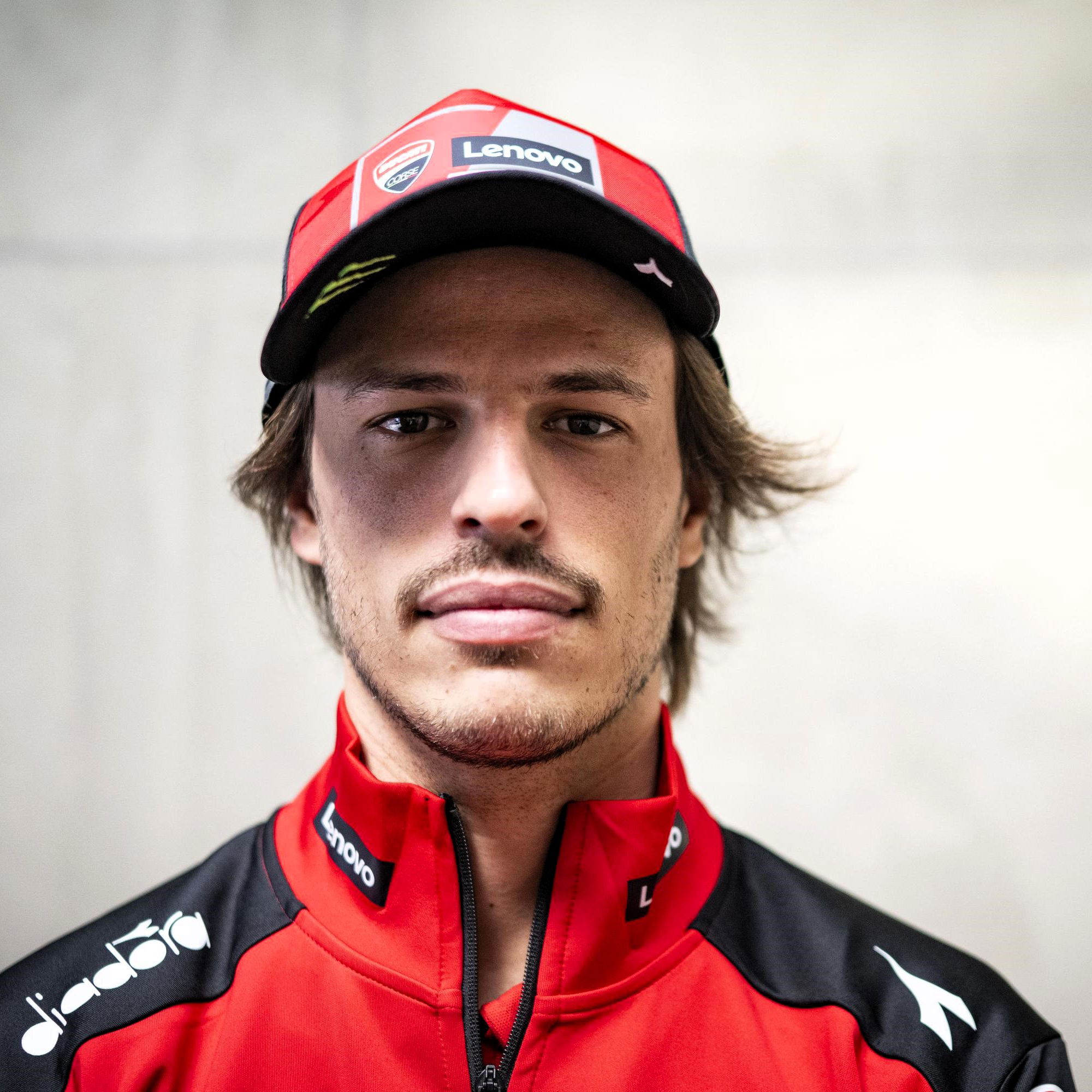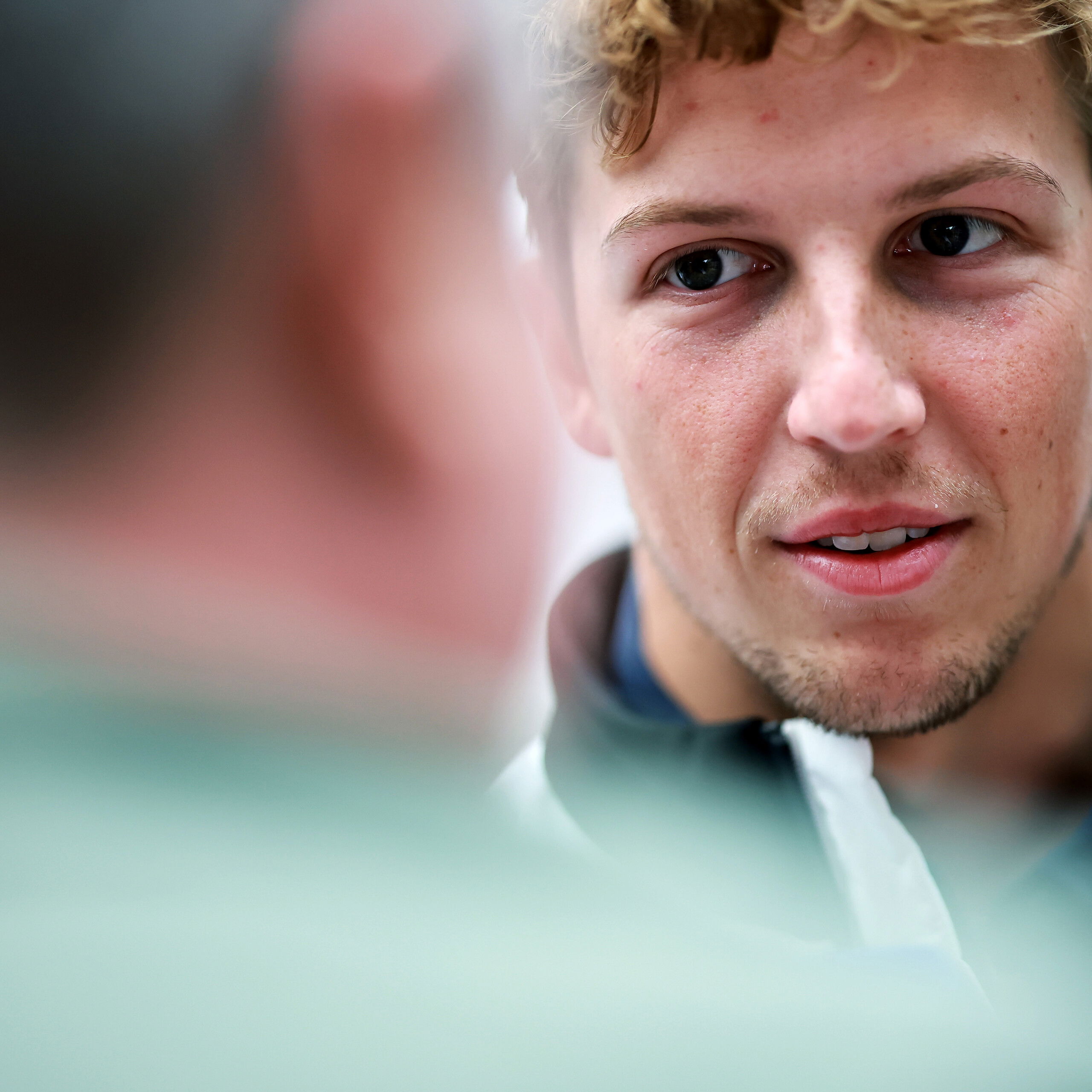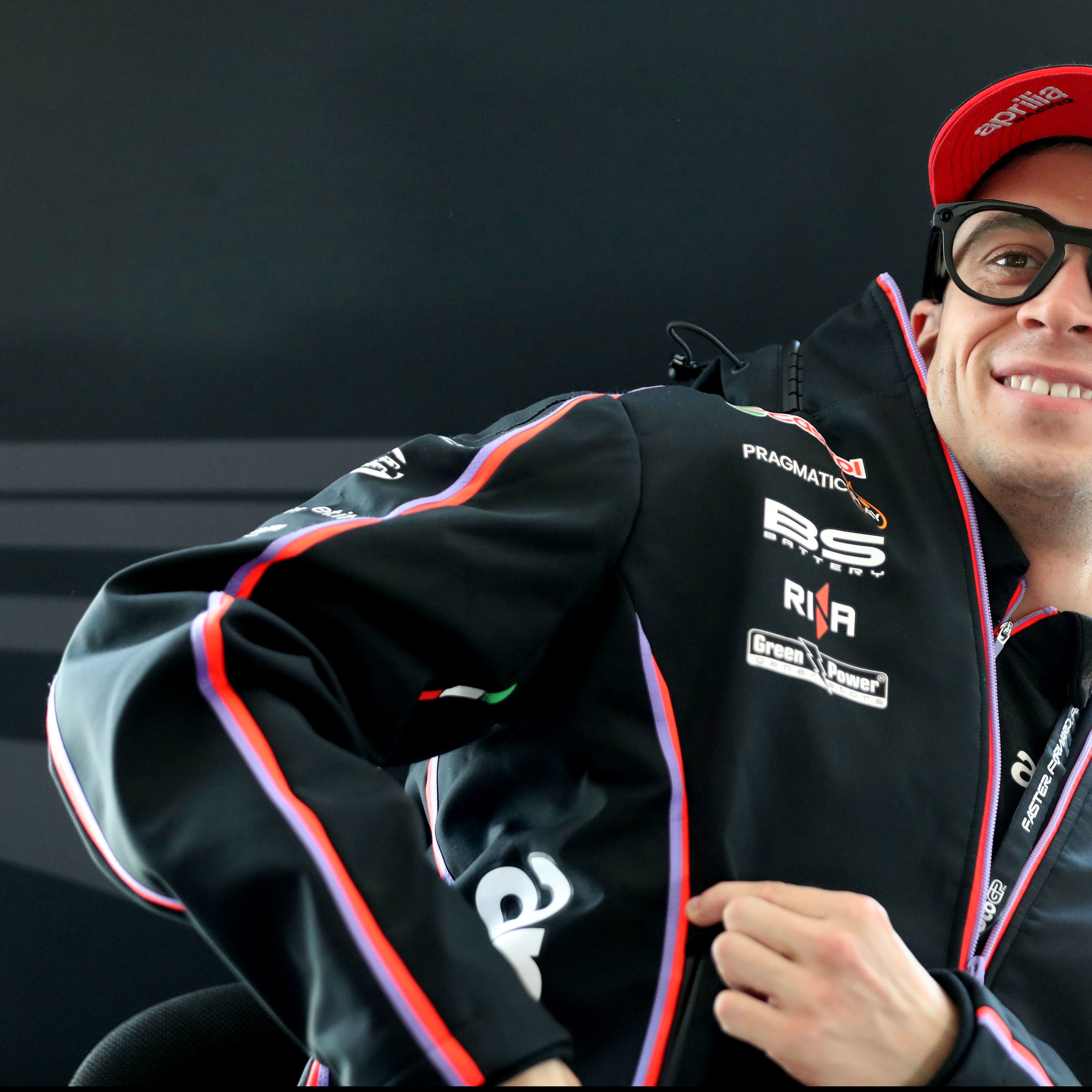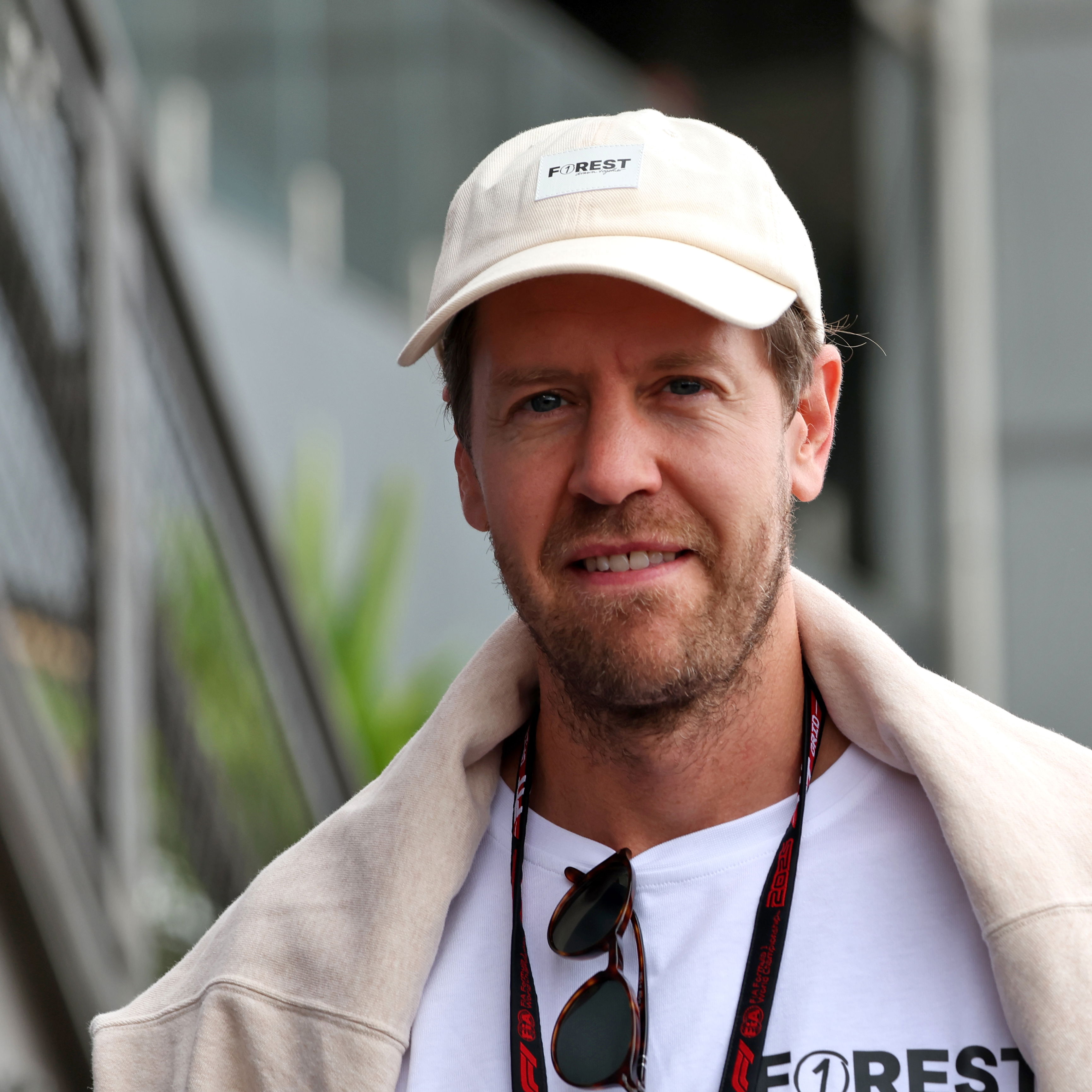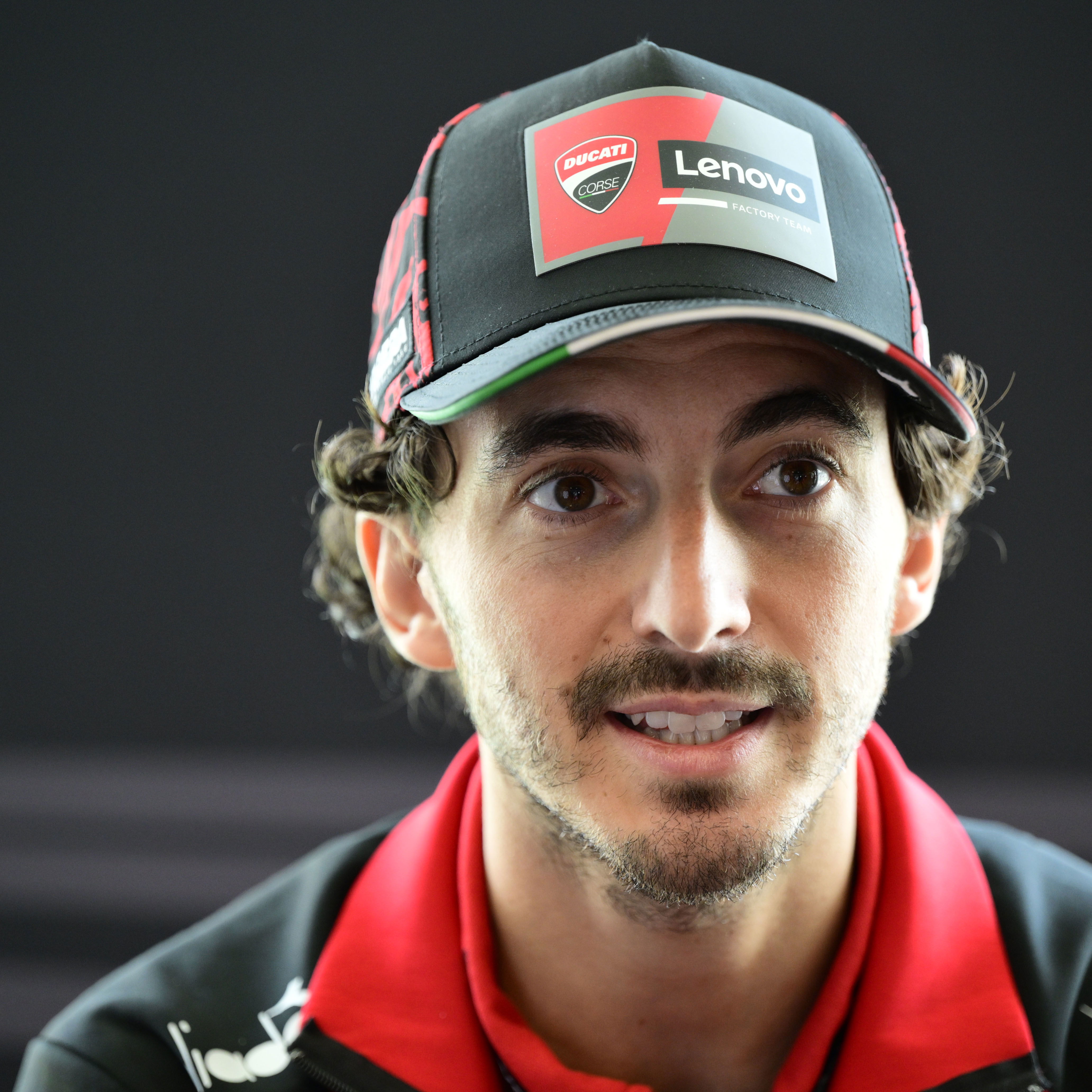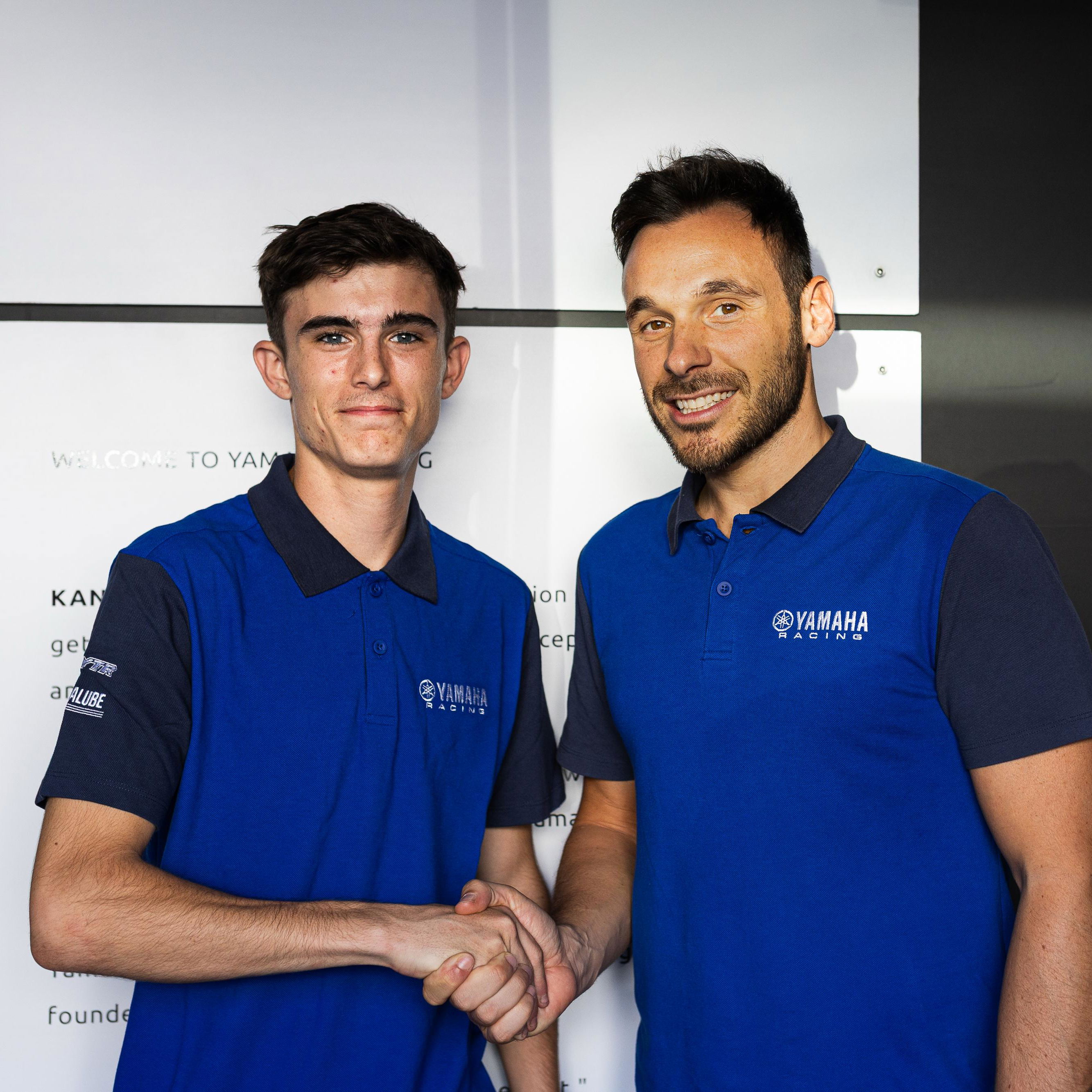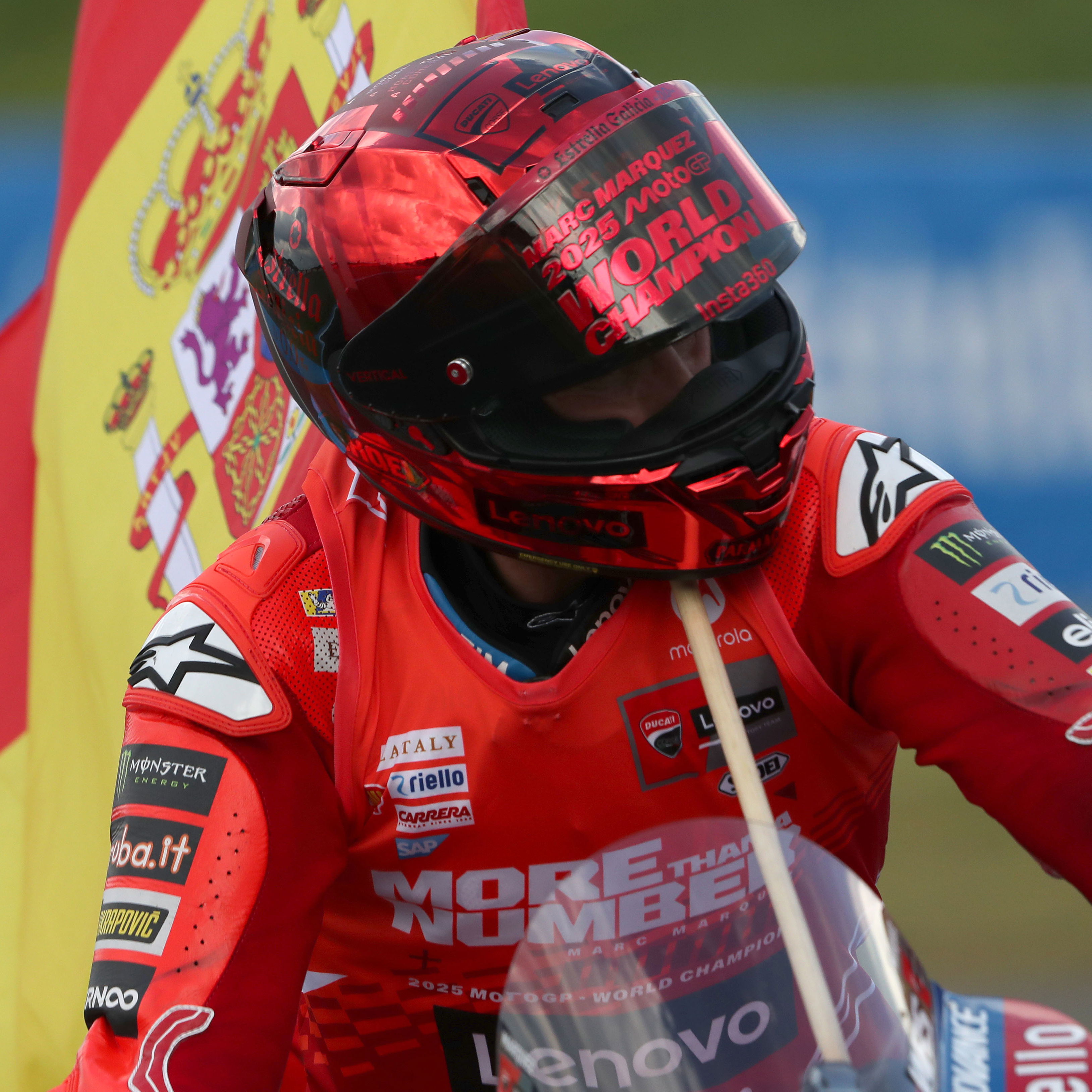MotoGP: Vinales' brakes: Brembo gives suggestions, but teams decide
Maverick Vinales' brake failure in the Styrian MotoGP race was down to 'an incorrect choice of brake specification despite Brembo's clear suggestions'.
That was the description given to Crash.net by the Italian company, which is the chosen brake supplier for all eleven MotoGP teams.
Factors such as the mass of fuel, slipstream and tyre grip all have a big influence on braking energy and temperature during a race, a Brembo spokesman added.

Maverick Vinales' brake failure in the Styrian MotoGP race was down to 'an incorrect choice of brake specification despite Brembo's clear suggestions'.
That was the description given to Crash.net by the Italian company, which is the chosen brake supplier for all eleven MotoGP teams.
Factors such as the mass of fuel, slipstream and tyre grip all have a big influence on braking energy and temperature during a race, a Brembo spokesman added.
Nonetheless, as far as Brembo are concerned, the 'main cause' of Vinales' dramatic exit had been a decision not to switch from the 2019 to 2020 spec front brakes.
The Monster Yamaha rider began to lose brake pressure as early as 'lap 3 or 4', eventually slipping back to 13th place. Vinales then began to regain speed, but suddenly jumped from his M1 at 230km/h as he approached the first turn on lap 17 of 28.
While Vinales was fortunately unhurt, the race was stopped to replace a badly damaged airfence.
"I started to lose front brake pressure… I made three very slow laps, then I pushed again, then again without brakes… Then I was recovering a lot to Valentino and Fabio and suddenly, in Turn 1, the brakes exploded," Vinales said.
"I think the parts go away on the brakes, so I remained without brakes. I understood very well that the brake was broken or something, so I decided to jump."
But Brembo are adamant they had 'no issues or anomalies related to brakes used' during the race.
In other words, Brembo believe the accident wasn't down to faulty components, incorrect installation or underperforming parts, but due to choosing the wrong brake specification for the conditions experienced by Vinales in the race.
Yamaha team director Massimo Meregalli confirmed that - while fellow M1 riders Valentino Rossi, Fabio Quartararo and Franco Morbidelli all changed over to the 2020 spec brakes for the second Red Bull Ring event, after overheating issues at the first - Vinales remained on the 2019 version.
"What happened to Maverick was not something we could expect," Meregalli told the official MotoGP website. "We chose to use the standard brake system [2019]. Brembo brought an evolution [2020] and Valentino, Fabio and Franco used this system. Maverick didn’t, because Maverick never suffered the very high temperatures that the others suffered last weekend and also when he tried the new system, he didn't have the feeling he was looking for."
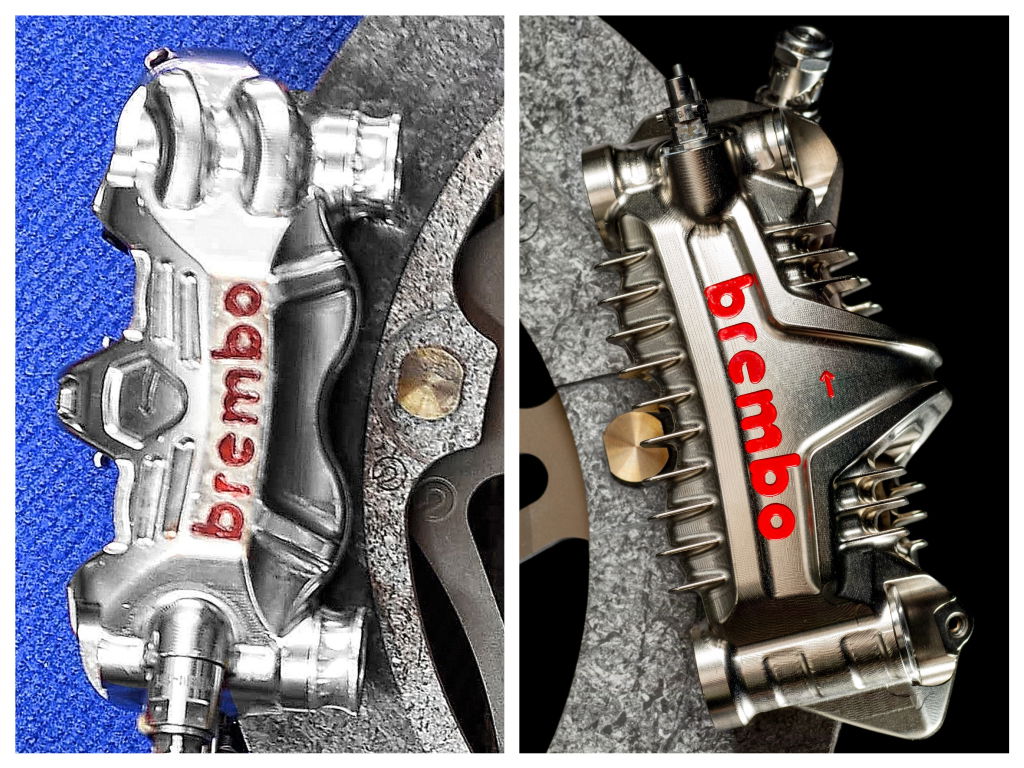
2019 spec Brembo front brake (left) and new 2020 spec (right).
The 2020 MotoGP season has seen the official introduction of Brembo's new GP4 front brake calliper, instantly recognisable by the addition of external cooling fins: 'A solution that ensures better and faster cooling of the calliper itself and, consequently, of the entire braking system.
'At the same time, the amount of fluid inside the brake system has been reduced, this will allow greater constancy and a decrease in the sponginess of the lever.'
According to Brembo, the 2020 spec brakes were used by 'Ducati, Pramac, Yamaha (except Maverick Vinales), Petronas, Honda, LCR and Suzuki' for the Styrian race, while the other teams ran the 2019 spec.
All riders used the biggest 340mm (High Mass) carbon front brake disc, rather than the 320mm standard size.
A race that came to a very abrupt end!
— MotoGP (@MotoGP) August 23, 2020
Thankfully @mvkoficial12 was able to walk away from this scary get off unscathed! #AustrianGP pic.twitter.com/NbU63tHZSv
'Brembo gives suggestions, but teams free to decide'
Fortunately, no-one was hurt when Vinales bailed off his bike, but the decision to continue on the 2019 spec brakes, when Brembo say they clearly suggested otherwise, could have ended in disaster.
'Team and riders can decide what brake spec to use race-by-race based on the setting of the motorbike, circuit characteristics and the rider’s feeling," said the Brembo spokesman.
But could Brembo not simply remove the choice from the teams and declare 'for safety at this track you must only use the new brake specification, the older specification will not be supported here'?
“The team are free to make the better choice of brakes race-by-race," the spokesman responded. "Every year they order from Brembo quantities of callipers, pads, discs, master cylinders etc depending on their planned usage during the year.
"We continue to develop new parts in order to improve the performance of the braking system [to match] the continuous increase in the performance of the motorbikes.
"Brembo gives suggestions to all the teams race-by-race for the correct usage of carbon and hydraulic materials, but they are free to decide independently."
Brembo engineers predicted that braking torque will increase by 10% this season following the introduction of the new calliper, plus numerous options related to brake discs, master cylinders and wheels.
Motegi, which along with Austria is considered the most extreme circuit for braking, is not part of the revised 2020 calendar.
